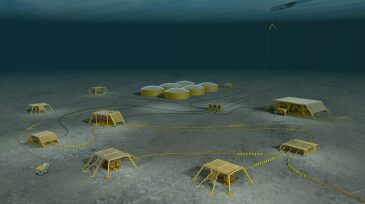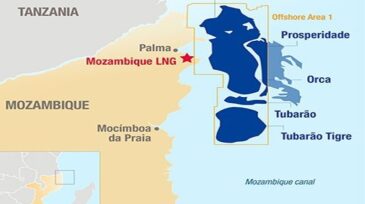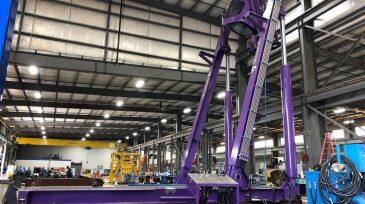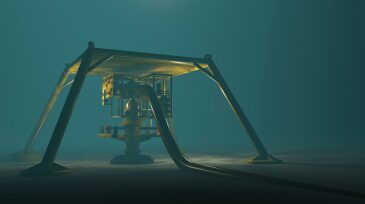Offshore/subsea systems
Vår Energi ASA and partners have officially sanctioned the Previously Produced Fields Project in the Greater Ekofisk Area. The redevelopment is expected to add high-value barrels starting in 2028, extending the production life of one of Norway’s key offshore regions.
Sponsored
As HPHT wells push equipment to the edge of material limits, operators are turning to advanced thermoplastics and sealed electrical assemblies to maintain system integrity. From ESP insulation to BOP control systems, the right component design can prevent failures, lower intervention costs, and extend equipment life in the harshest offshore environments.
The new development is estimated to hold 46 million bbl of recoverable oil and is planned to start up in late 2028.
-
WFS Technologies’ collaboration is its second in as many months supporting its Seatooth technologies.
-
While a year with less than 200 subsea tree awards seems uncommon, a year with less than 100 awards is an even rarer sight. It has only happened once before since the turn of the century, in 2016 following the oil price crash of 2014–2016.
-
The W-Industries contract comes 2 months after Worley was awarded a master service agreement for services on the Mozambique LNG project.
-
Proposal requests were sent to companies to solicit partnerships for the project with ADNOC and ADPower.
-
The A-frame is DNV certified. TechnipFMC’s ROVs will deploy in GoM later this year.
-
The complete paper presents a practical approach for validating design-verification analysis for subsea equipment, using a representative pressure valve block to correlate finite-element analysis (FEA) predictions for strain changes with actual measured changes.
-
This paper identifies potentially significant hidden value of subsea multiphase boosting technology, or aspects of it that have not received adequate attention during the field-development decision-making process.
-
The Dalmatian project is a brownfield development and represents the world’s longest multiphase tieback by boosting at some 35 km; the boosting system is installed at approximately 6,000 ft water depth.
-
The motto of the Olympic Games is “Citius, Altius, Fortius,” Latin for “faster, higher, stronger,” which emphasizes the concept of pushing the limits. As an engineer, that approach really speaks to me—and offshore installations, and especially offshore tiebacks, illustrate that concept very well.
-
Eni conducted a research project to explore the maturity of new technologies to enable economical development of deepwater prospects with tieback distances longer than 50 km and 150 km, respectively, for oil and gas fields.













